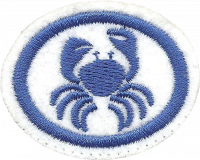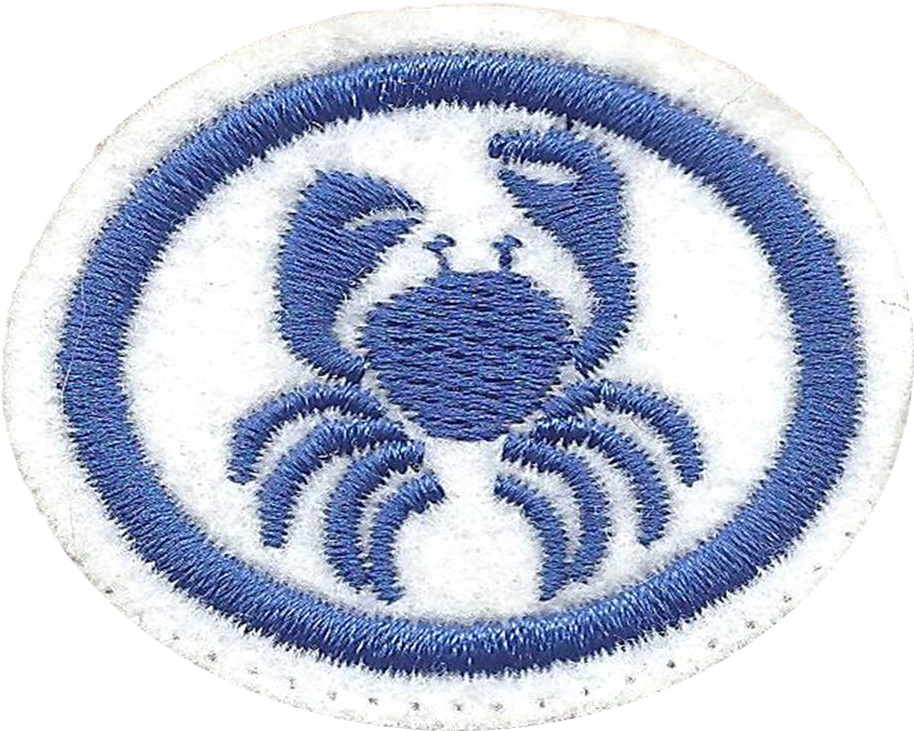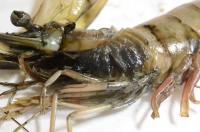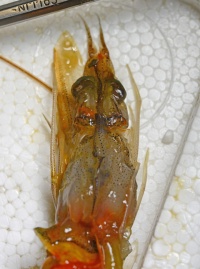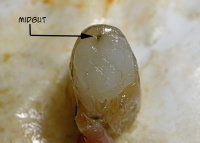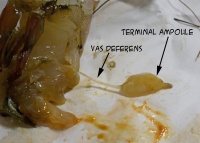Difference between revisions of "AY Honors/Crustaceans/Answer Key/es"
(Created page with "</noinclude> <!-- 10. Realizar las siguientes actividades y presentar un informe ilustrado: -->") |
(Created page with "</noinclude> <!-- 11. Ser capaz de identificar en vivo o a través de imágenes de los siguientes animales: -->") |
||
| Line 118: | Line 118: | ||
{{clear}} | {{clear}} | ||
| − | + | {{clear}} | |
| − | |||
| − | |||
| − | |||
| − | |||
{{clear}} | {{clear}} | ||
| Line 132: | Line 128: | ||
{{clear}} | {{clear}} | ||
| − | + | <noinclude></noinclude> | |
| − | <noinclude | ||
| − | |||
{{CloseReq}} <!-- 10a --> | {{CloseReq}} <!-- 10a --> | ||
{{ansreq|page={{#titleparts:{{PAGENAME}}|2|1}}|num=10b}} <!--T:11--> | {{ansreq|page={{#titleparts:{{PAGENAME}}|2|1}}|num=10b}} <!--T:11--> | ||
| Line 141: | Line 135: | ||
</div> | </div> | ||
| − | + | {{clear}} | |
| − | |||
| − | |||
| − | + | <noinclude></noinclude> | |
| − | <noinclude | ||
| − | |||
{{CloseReq}} <!-- 10b --> | {{CloseReq}} <!-- 10b --> | ||
{{CloseReq}} <!-- 10 --> | {{CloseReq}} <!-- 10 --> | ||
{{ansreq|page={{#titleparts:{{PAGENAME}}|2|1}}|num=11}} | {{ansreq|page={{#titleparts:{{PAGENAME}}|2|1}}|num=11}} | ||
| − | <noinclude> | + | <noinclude></noinclude> |
| − | </noinclude> | + | <!-- 11. Ser capaz de identificar en vivo o a través de imágenes de los siguientes animales: --> |
| − | <!-- 11. | ||
| − | |||
<div lang="en" dir="ltr" class="mw-content-ltr"> | <div lang="en" dir="ltr" class="mw-content-ltr"> | ||
Revision as of 08:10, 7 April 2021
Nivel de destreza
2
Año
2012
Version
01.12.2025
Autoridad de aprobación
División Sudamericana
1
2
3
4
5
6
7
8
9
¿Cuál es la importancia de lo micro crustáceos para el medio ambiente?
10
10a
10b
11
11a
11b
11c
11d
11e
Shrimp are slender with long muscular abdomens. They look somewhat like small lobsters, but not like crabs. The abdomens of crabs are small and short, whereas the abdomens of lobsters and shrimp are large and long. The lower abdomens of shrimp support pleopods which are well adapted for swimming. The carapace of crabs are wide and flat, whereas the carapace of lobsters and shrimp are more cylindrical. The antennae of crabs are short, whereas the antennae of lobsters and shrimp are usually long, reaching more than twice the body length in some shrimp species.
11f
11g
